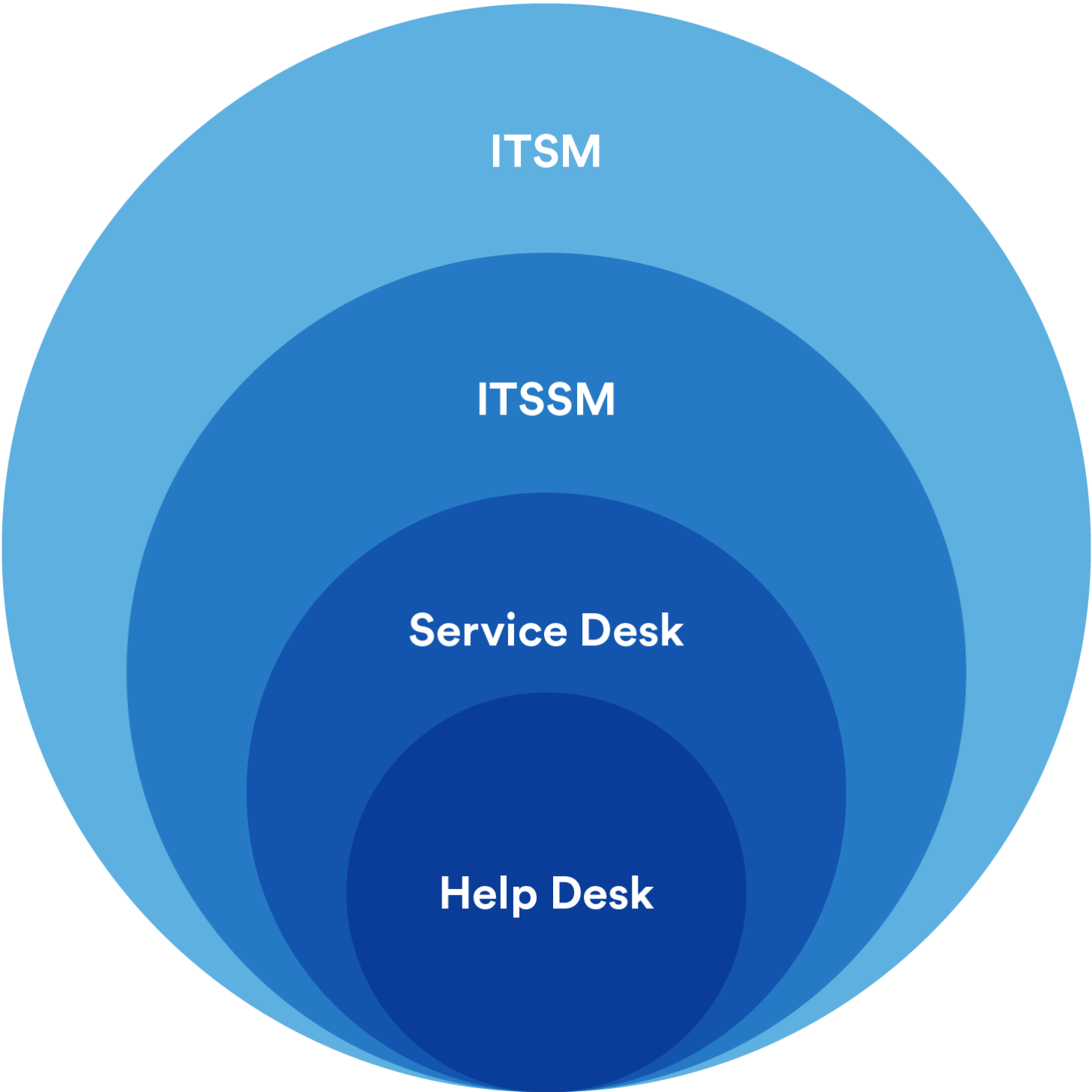IT service management (ITSM) is the planning-strategy behind the way an organization delivers its IT services to its end users. ITSM can be seen as a huge umbrella that encompasses technologies, processes and people.
ITSM aims to identify and meet the demands of the end user. Such a comprehensive demand management system planning covers a broad spectrum from designing IT systems, to processes that improve services, to deploying hardware and software. ITSM makes it possible to grow and improve IT systems to meet increasing demands and technologies.

Organizations that implement ITSM effectively can offer easy-to-use and more responsive services at low cost. By increasing employee productivity and customer experience, ITSM can make it easier to analyze and improve services in the future.
The roles of senior management, business unit managers, customers, end users and IT staff are extremely effective and important for ITSM to be functional and implemented. The ITSM processes applied to construct and create the structure necessary for the smooth running of such a comprehensive process are as follows:
-Case management,
-Problem management,
-Service asset and configuration management,
-Service level management,
-Change management,
-Information management,
-Service desk function,
-Demand management,
-Supplier management,
-Service catalog management,
-Incident management,
-Periodic processes.

